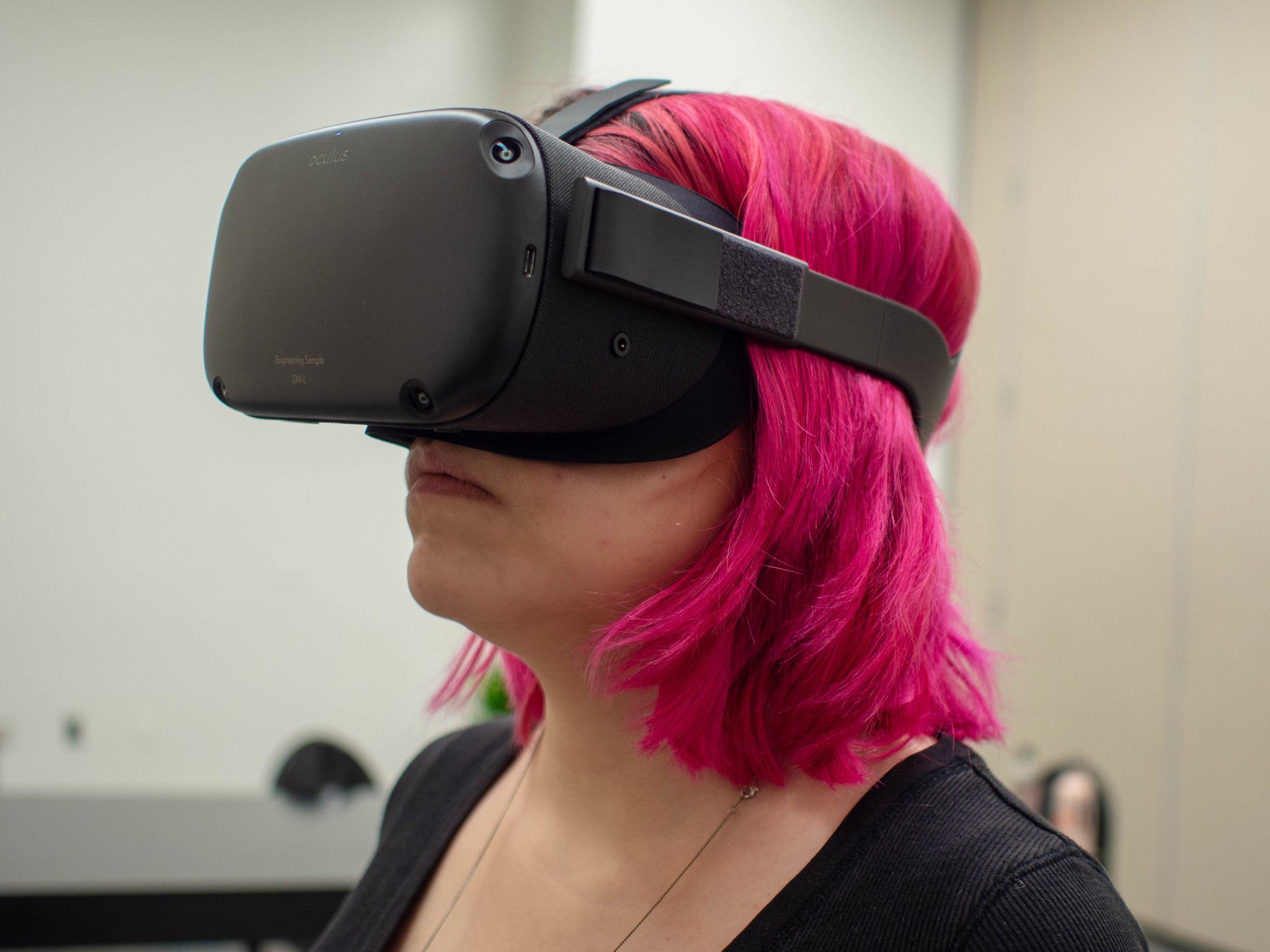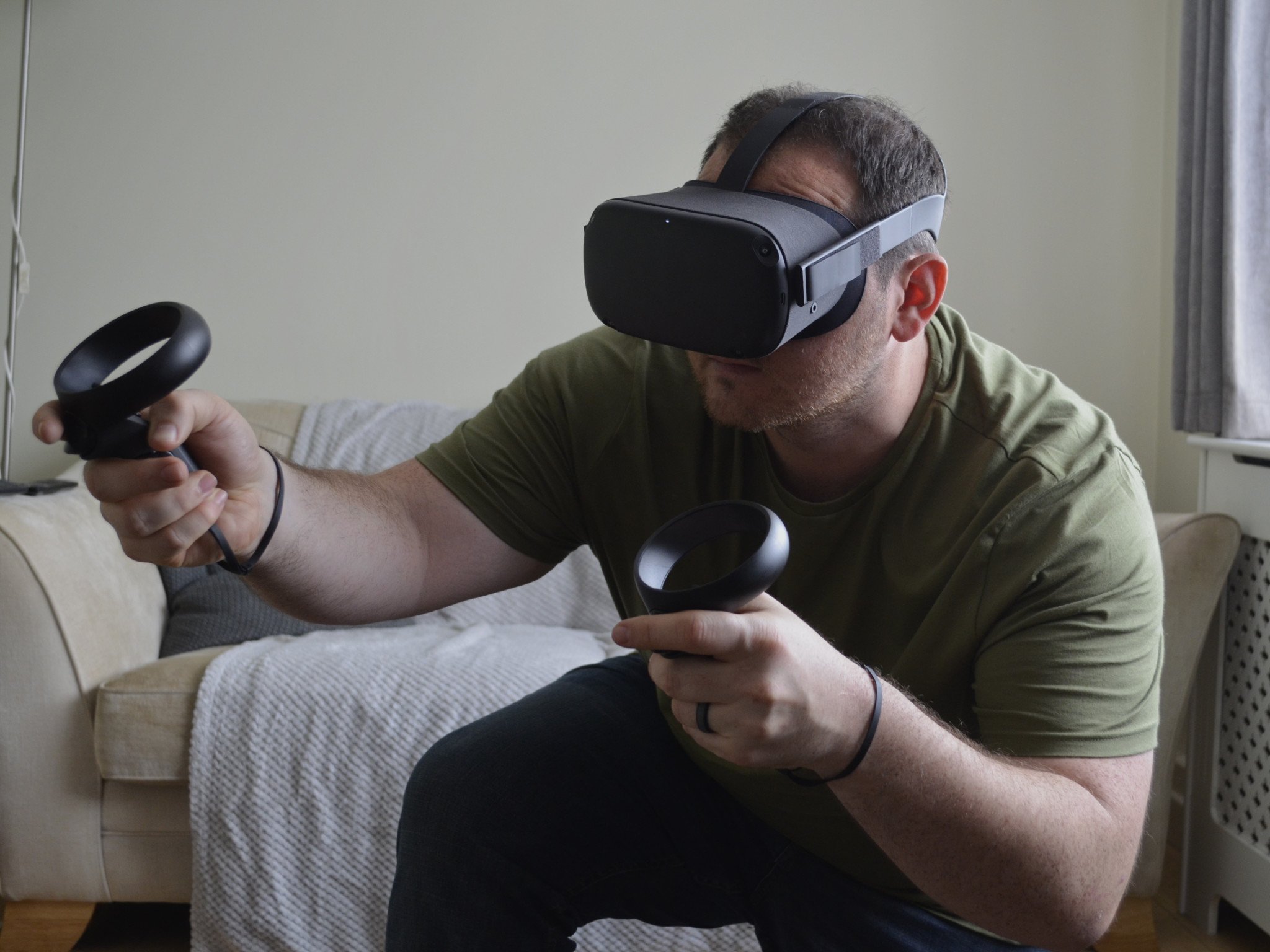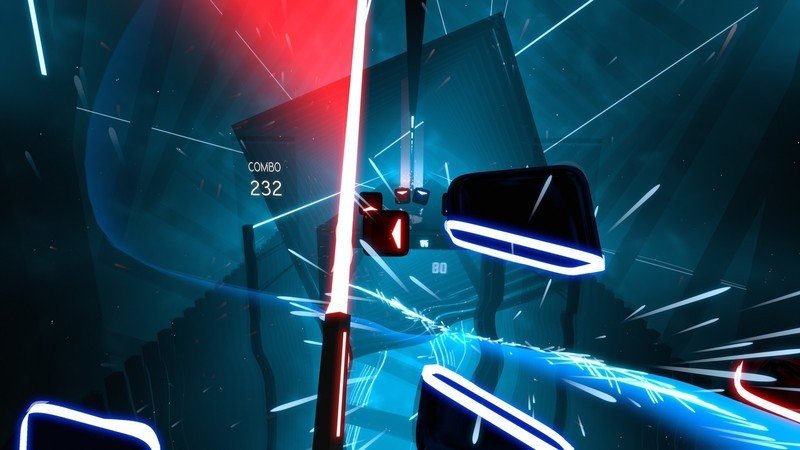'Immersion' is still the most overused term in gaming
Throwing it around has only made it more wrong.
I was scanning through my bookshelf a few weeks ago when I found a copy of an article I wrote back in 2014 about the term "immersion" and how it applied to video games. This was an astounding find for a couple of reasons, the first being how weird it was to have a print version of an article I've written.
The second, probably more important, reason was that in reading it, I found that little has changed in our perception of the word. It went from a common phrase in the burgeoning field of virtual reality and augmented reality to a catch-all marketing term to describe the neverending need for realism in big-budget titles.
I called its overuse "bullshit" back then, asking if the word meant anything. I think despite both games and technology being in completely different places compared to 2014, it's still bullshit — not just because it's been used to death, but because it still doesn't have a proper definition.
What does it even mean when studios use it to describe their games? In a lot of instances, it involves the move towards realism. The more photorealistic graphics look (or "cinematic," another overused term) or the more developers add touches to your player view to make you feel more entrenched in the game world, the seemingly better a game is. This obviously depends on the title since there are plenty of games where realism isn't a goal at all, but you'll often find "immersion" thrown around in the marketing of most Triple-A titles.
For example, in the leadup to Cyberpunk 2077, CD Projekt Red co-founder Marcin Iwinski talked about how the studio wanted to continue leaning into immersion for their new title, but that the goal had been in place since The Witcher 3. Rockstar co-founder Dan Houser said that the company didn't cast any big actors in Red Dead Redemption 2 because it would actually break players' immersion. Naughty Dog added heartbeats to every character, which can go up and down depending on outside factors. If you Google any Triple-A game and put "immersion" after that you'll find thousands of hits concerning both the people making the games and the people playing them.
I can't even begin to recount how many times I've seen it recently in marketing materials, but it's enough that my coworkers tease me about it since I'll try to remove the term from articles wherever I can. The reason I give is that it's more of a marketing term than an actual descriptor of a game. The product itself can't be immersive even if it can make you feel like you're being immersed. Most of these purported hyper-realistic games can come close to making you feel this way thanks to more natural physics and detailed environments. Thanks to the proliferation of ray tracing on next-gen consoles, a system that at its most basic level better renders light and reflections, we're closer to Triple-A's goal of realism than ever before. Think about how tough it was to look at your character in a mirror even just a couple of years ago and how easy it is in games that support ray tracing. A lot of games can make you feel immersed, but are they immersive? No.
There is a small exception to my rule. When it comes to VR, the journey towards immersion is a key component. Some of the best Oculus Quest games tout it. When I originally wrote about immersion, I used it as a way to contextualize current conversations around VR and AR. At the time, the Oculus Rift was just getting started as a viable option for consumers looking to get into the burgeoning platform, and most other options were too cumbersome to use. VR was available to most at conferences or festivals, and quality varied wildly. This was also the time of experimental VR, where developers tested various products to deepen the "immersion" of VR, whether it was haptic backpacks to let your body feel responses in-game or gloves that simulated real-time tracking but never quite got there. GDC 2016, for example, was a wild ride, full of booths with VR accessories that could never be right for consumers, but tried their hardest to push immersion as the goal. Remember VR bikes? Treadmills? All were there to overcome the biggest obstacle in that journey towards immersion.
VR is the closest players can get these days to physical immersion, or feeling like you're actually in the game, but right now it can't simulate movement well. Games like Beat Saber, thanks to newer Oculus products with easy-to-manage tracking, allow you to duck, turn, wave your arms, jump, and more in VR, but you can't go for a walk in an open-world Bethesda RPG, for instance. Phillip Tan, creative director at the MIT Game Lab, told me back in 2014 that "VR is not about physical movement of the body, it's about rotating" and that remains true. Walking in VR requires either having the player move in place, using some weird teleporting mechanic, or just letting a controller do all the work.
I hoped that as VR continued to evolve, there would be some consistency, or at least a revelation of some kind regarding immersion. If we were able to get to peak immersion like in the VR fantasies of the 1980s and 90s or in Ready Player One, then we'd at least have an answer on what it meant. Unfortunately, VR has mostly stagnated. Technology has gotten to the point where users are comfortable with it but not overly excited. There aren't a lot of options on the market, and the ones that are available are still out of many people's price ranges. Developers are making games for it, but most are wondering what's next and if it could meet the consumer demand it's always craved.
We don't need to continue searching for immersion or claiming that games are "immersive."
So where does that leave us? Back in 2014, immersion's propagation felt dumb, but at least felt like the result of an industry on the brink of transition. These days, game technology's relative stagnation makes it feel like more of an empty marketing tool than ever.
Out of all the research I've done, however, my favorite definition is still decades old. I mentioned this in my previous write-up, but in Brian Lingard's "Human Interfacing Issues of Virtual Reality" from 1995, he posits that the experience of immersion in video games is just one part of how we interact with stories, from books to movies. He predicted a future though where VR was interchangeable from something like a Star Trek holodeck, and used multiple senses including touch. This was true immersion, but we're not quite there yet.
Similarly, in Uppsala University professor Ernest Adams' 2004 essay, "Postmodernism and the Three Types of Immersion," he describes three types of immersion: tactical, strategic, and narrative. However, neither of these refers to feeling like you're actually in a game or have been metaphorically transported. He likens it to a "suspension of disbelief" while gaming, whether you find yourself "in the zone" during a multiplayer shooter match or start caring for fictional characters in storytelling. Getting really into chess is a type of immersion; playing a great round in Overwatch is immersion; even a 2D platformer can be immersive if it leads the player through and keeps them entertained.
We don't need to continue searching for immersion or claiming that games are "immersive." If we put the work into creating a great story or catchy gameplay, we don't need to worry about a thing.
from Android Central - Android Forums, News, Reviews, Help and Android Wallpapers https://ift.tt/3cn5cuw
via IFTTT



Aucun commentaire: